
Is expensive bourbon (climbing into the hundreds of dollars) really that much better than mid-shelf expressions?
That depends on who you’re asking. If you’re new to the bourbon drinking game, a really spendy bottle — perhaps a limited edition release — might mean that you end up paying for nuance that you either A) don’t recognize or B) don’t care about. On the flips side, if you’ve been drinking bourbon for a while and find yourself loving it, you may see value in paying more for longer aging and unique barrelling techniques. At that level, drinking becomes another expensive hobby, like golf, SCUBA, or high fashion. And who are we to judge how much people spend on their passions?
All of that being said, there are definite flavor notes and textures that align with how old a bourbon — or any aged spirit — tastes. When you’re drinking well-aged bourbons, you’ll hear about leather, oak, must, funk, oiliness, and overall boldness. When you’re drinking younger bourbons, you’ll hear about fruit, corn, thinness, and maybe even butterscotch. Naturally, there are scores of expressions that fall somewhere between those two poles.
For this exercise, we grabbed eight bottles of bourbon — four mid-level (not bone cheap) and four expensive — to see how they’d match up in a blind tasting. This wasn’t a one-to-one comparison, it was a look at how four bottles in the $30 to $70 price range taste compared to four bottles in the $200 to $700 price range (granted that’s not MSRP for all of those expressions, as the expensive bottles have seen their prices driven up, but it is retail). Among these, we put two 10-year-old bourbons into the mix, one from Michter’s ($199) and one from Basil Hayden’s ($70), but we didn’t set out to directly compare the two.
In the end, this was all about how these bottles tasted and whether I could tell the expensive drams from the more affordable ones. It definitely wasn’t as easy as it sounds. In fact, I had more bottles marked down as expensive in the end than there were expensive bottles in the flight. I also got two completely wrong. Read on to find out which!
Part I — The Blind Taste Test
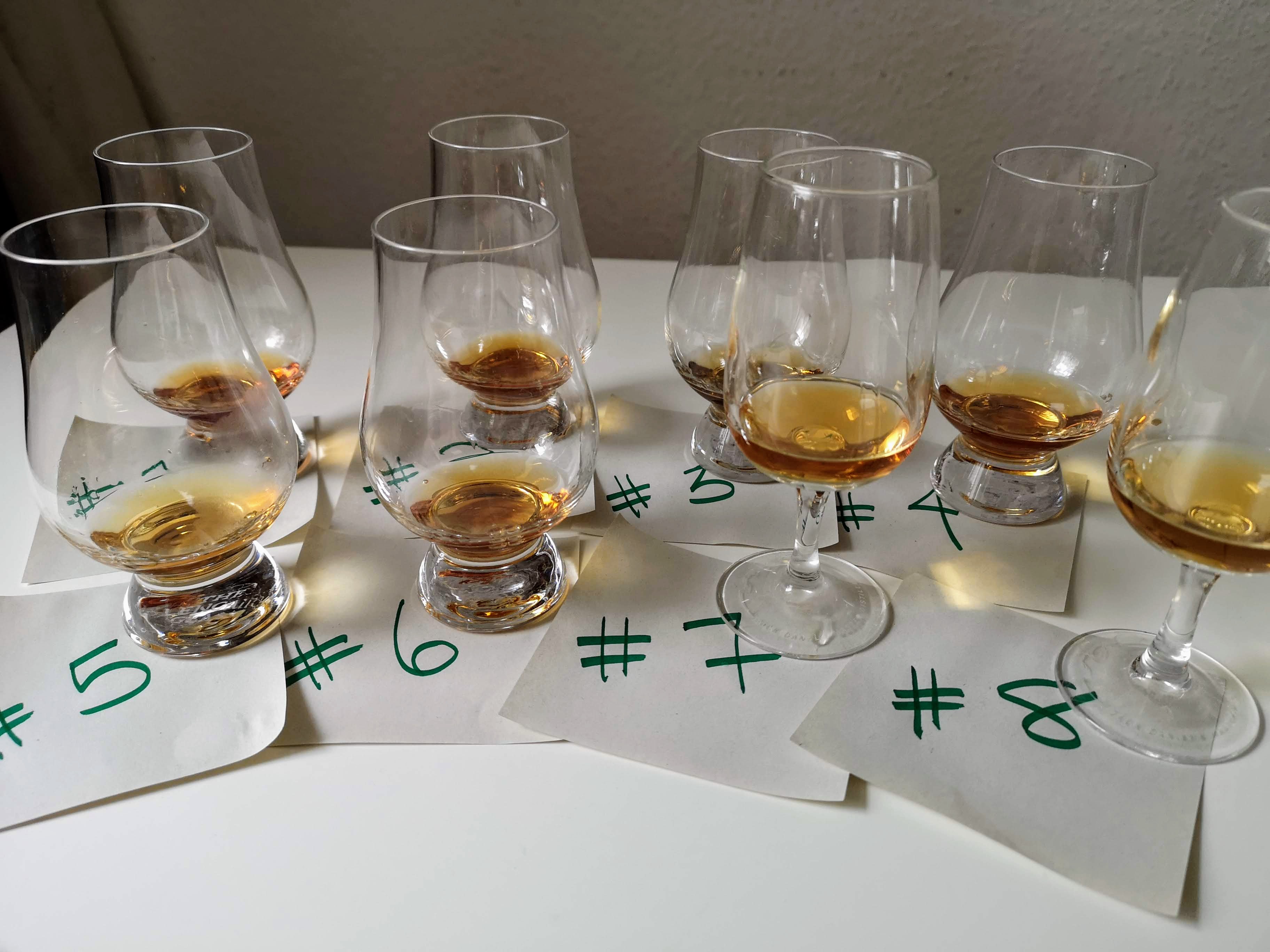
Taste 1
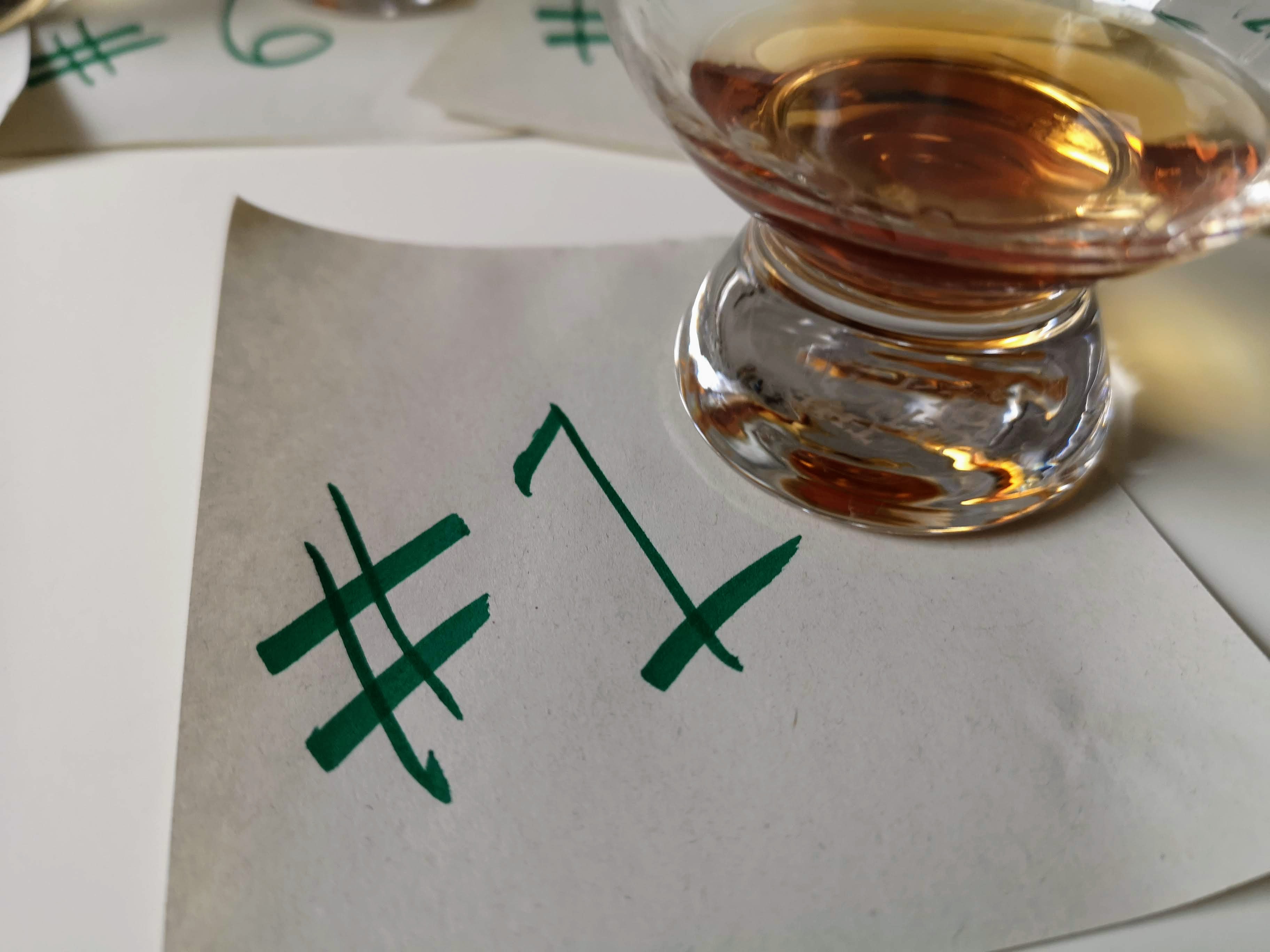
Tasting Notes:
There’s a nice hit of candied fruit, nuts, and vanilla up top. The taste adds to that nose with a clear Christmas cake vibe next to subtle wood and sherry plumminess. The end is slightly sweet while wallowing in all that candied fruit and spicy Christmas cake with a hint of oak on the end.
Bottom Line:
I’m calling this as expensive. It’s full of bold Christmas cake and candied fruit flavors. It also feels like something you could serve with a rock at a party and people would absolutely adore.
Taste 2
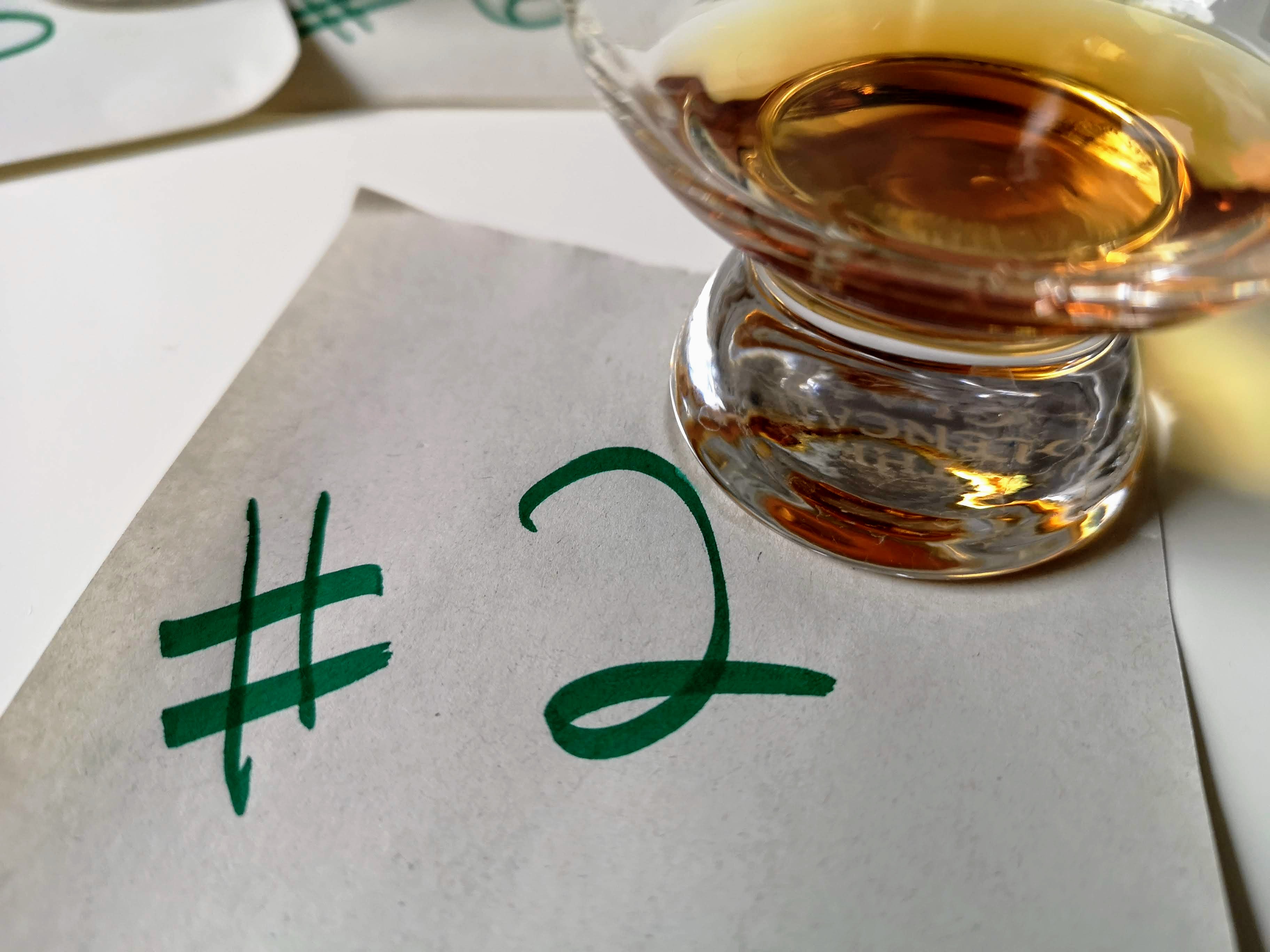
Tasting Notes:
This is all about cinnamon and oak up top. There’s an oily vanilla nature that’s counterpointed by a bitter oak char and a distant note of worn leathers. This is old, big, and lingers on the senses for a loonnnnggg time.
Bottom Line:
This is 100 percent an expensive bourbon.
Taste 3
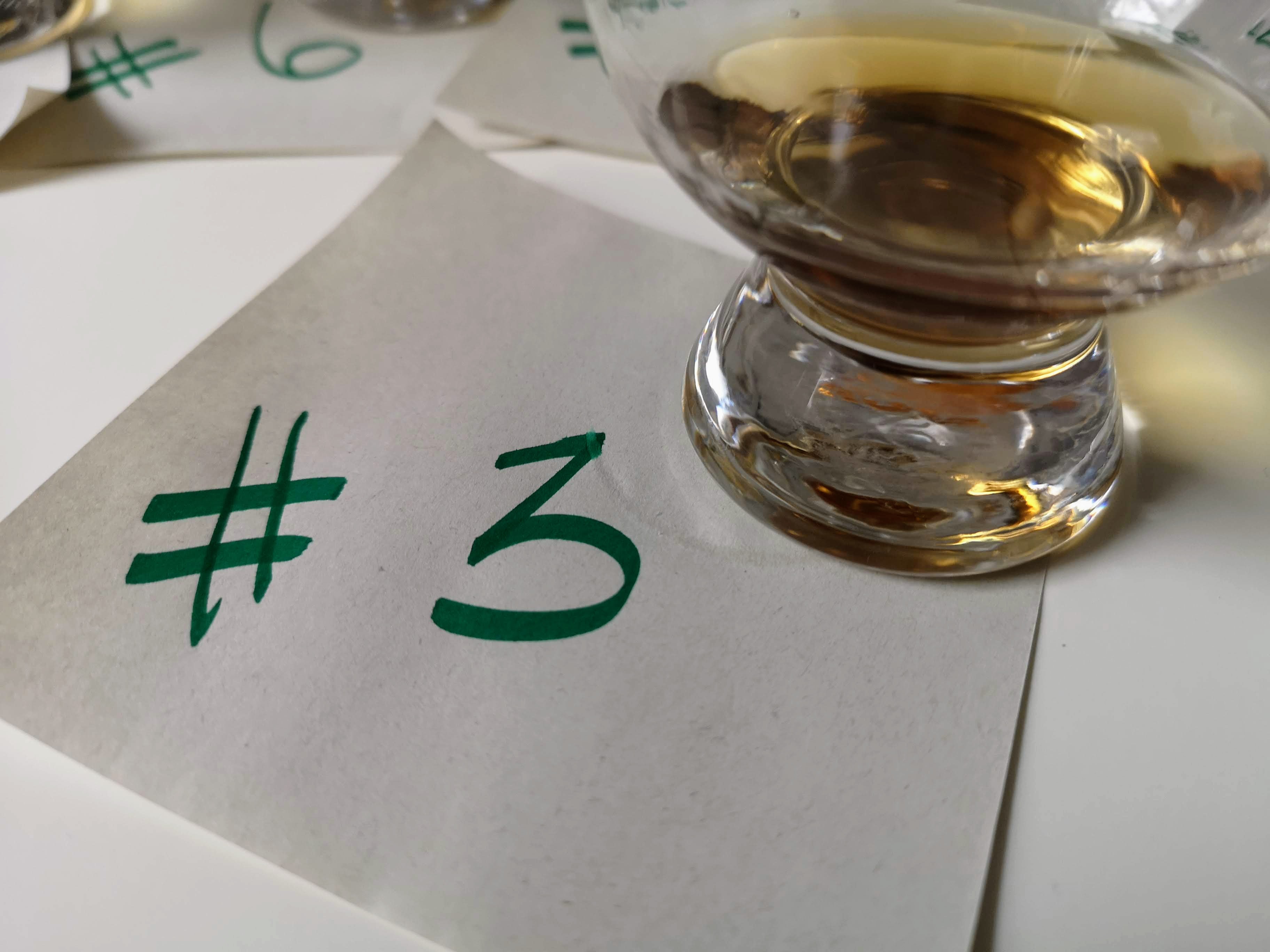
Tasting Notes:
I can see from the funky green tint on this dram that it’s not cheap. The nose is slightly funky, herbal, and full of orchard fruit. That herbal nature draws you in and there’s almost a sense of an Almond Joy with a dark chocolate and toasted coconut vibe.
Bottom Line:
There’s no way this isn’t an expensive bottle of booze. The green twinge from what must be a unique barrel, the heavy funk from very long aging, and the overall abstractness of the palate all point to something really, really old.
Now though, I’m getting worried. I know there are only four “expensive” bottles and I’ve already called out three of the four?
Taste 4
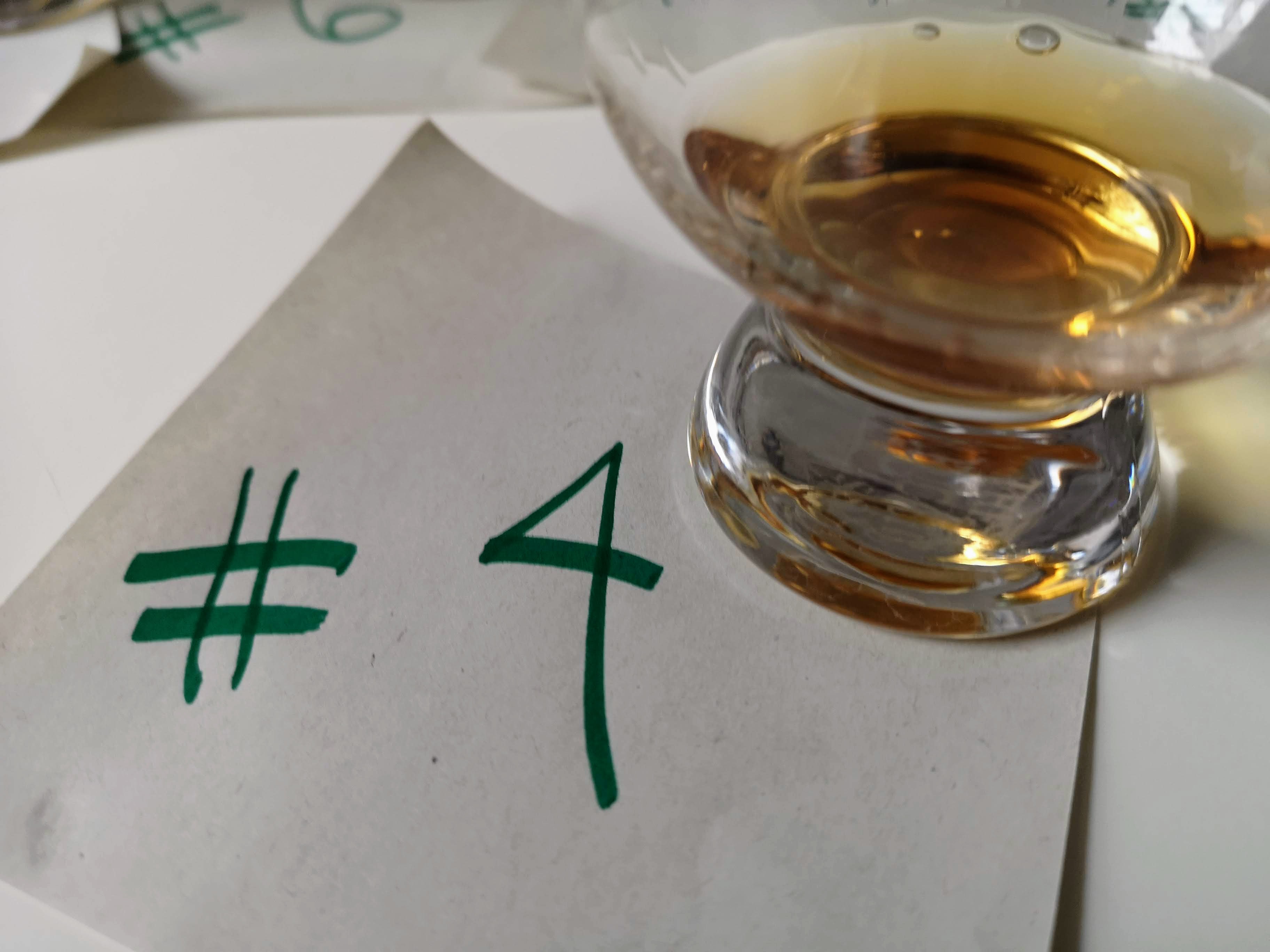
Tasting Notes:
This opens with a nice vanilla pudding creaminess next to mild spice. The taste leans into a butterscotch sweetness with a dose of corn, mild Christmas spice, and a whisper of espresso bitterness. The end is medium-length, warm, and holds onto the butterscotch.
Bottom Line:
The corn and butterscotch are dead giveaways as to the youth of this bourbon. It’s definitely a cheaper bourbon but, to be honest, I’m not sure which.
Taste 5
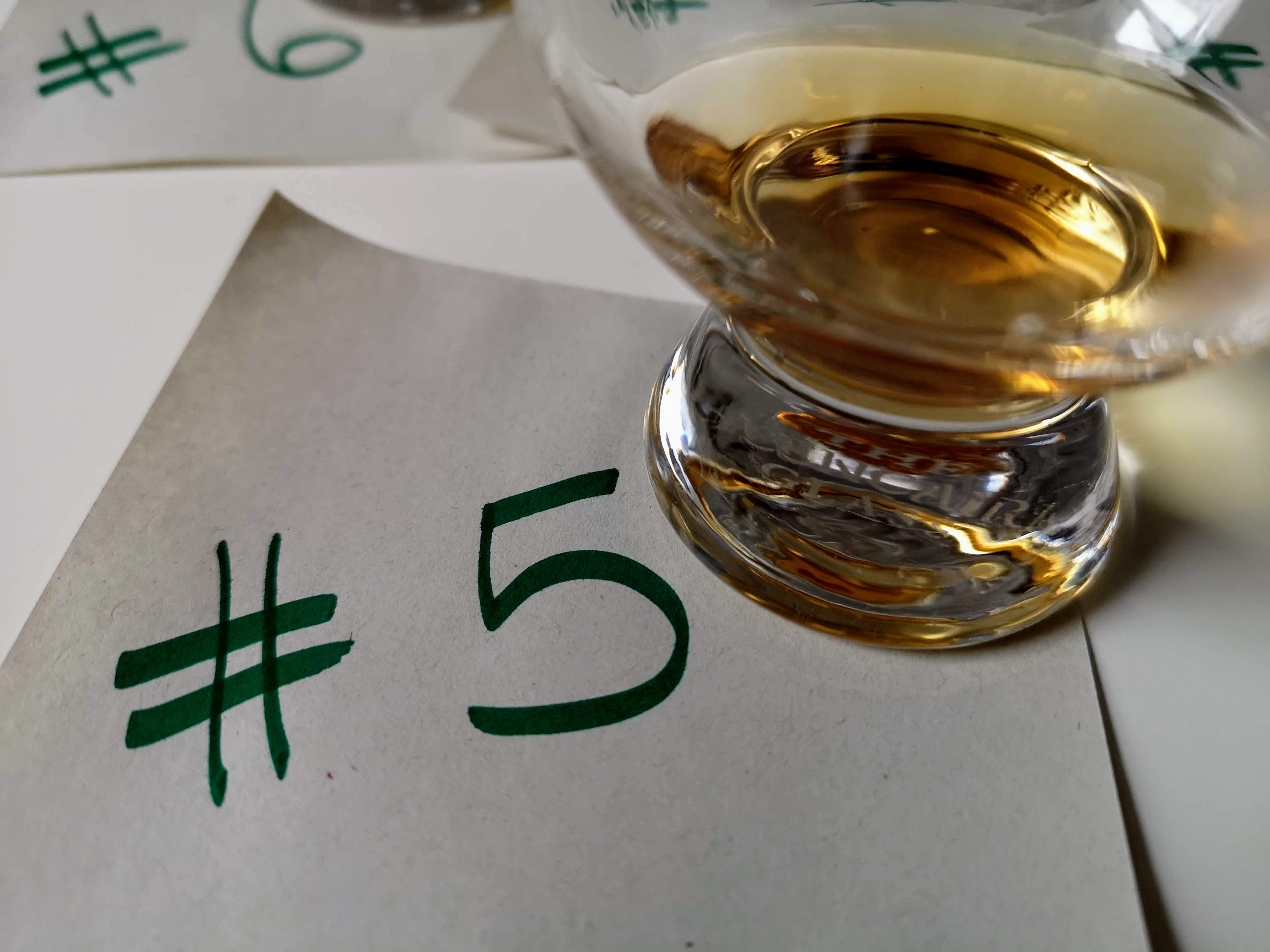
Tasting Notes:
There’s real thinness to the juice in this dram. The nose has a mix of pecans and orange with a light spice. The spice kicks in a bit on the tongue as caramel mingles with more nuttiness. It’s light but really approachable and has a fairly long end that basks in the pecan, orange, and spice.
I think I got a bit of grassiness on the very end, which was a nice touch.
Bottom Line:
This is way too thin to be particularly old. I’m saying this is a cheap bourbon… but it’s also a really interesting one.
Taste 6
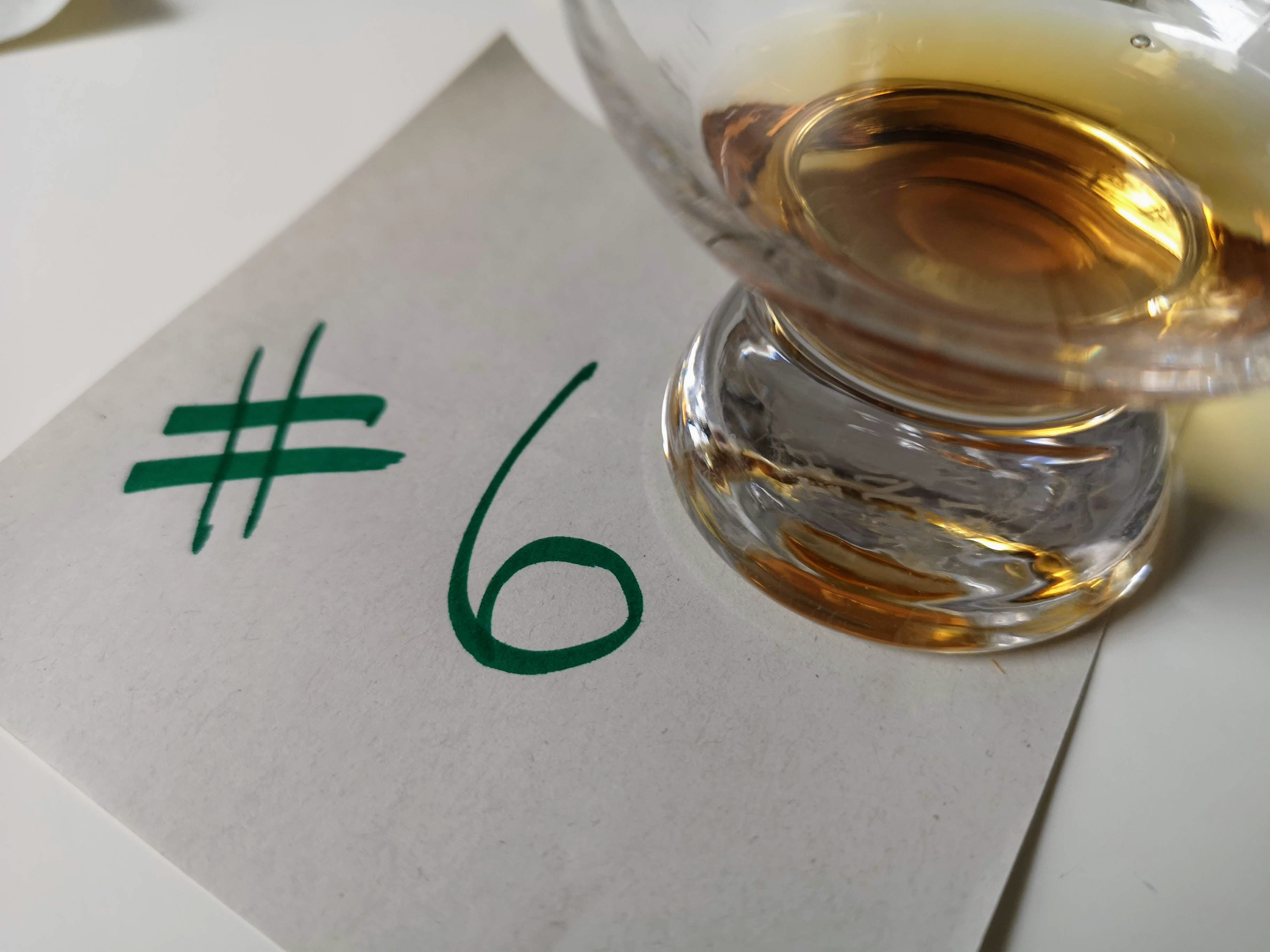
Tasting Notes:
Damn. There’s a lot going on in this Glencairn. The nose hits on big notes of spice, leather, vanilla, oak, and cherry with a capital “C.” The spice gets peppery with a light caramel nature. The end leans back into the oak and leather with a very clear hit of mustiness next to the cherry.
Bottom Line:
That musty oak, cherry, spice, vanilla, and leather is almost unmistakably an expensive bottle of booze.
That means the next two have to be cheap if I’m on track.
Taste 7
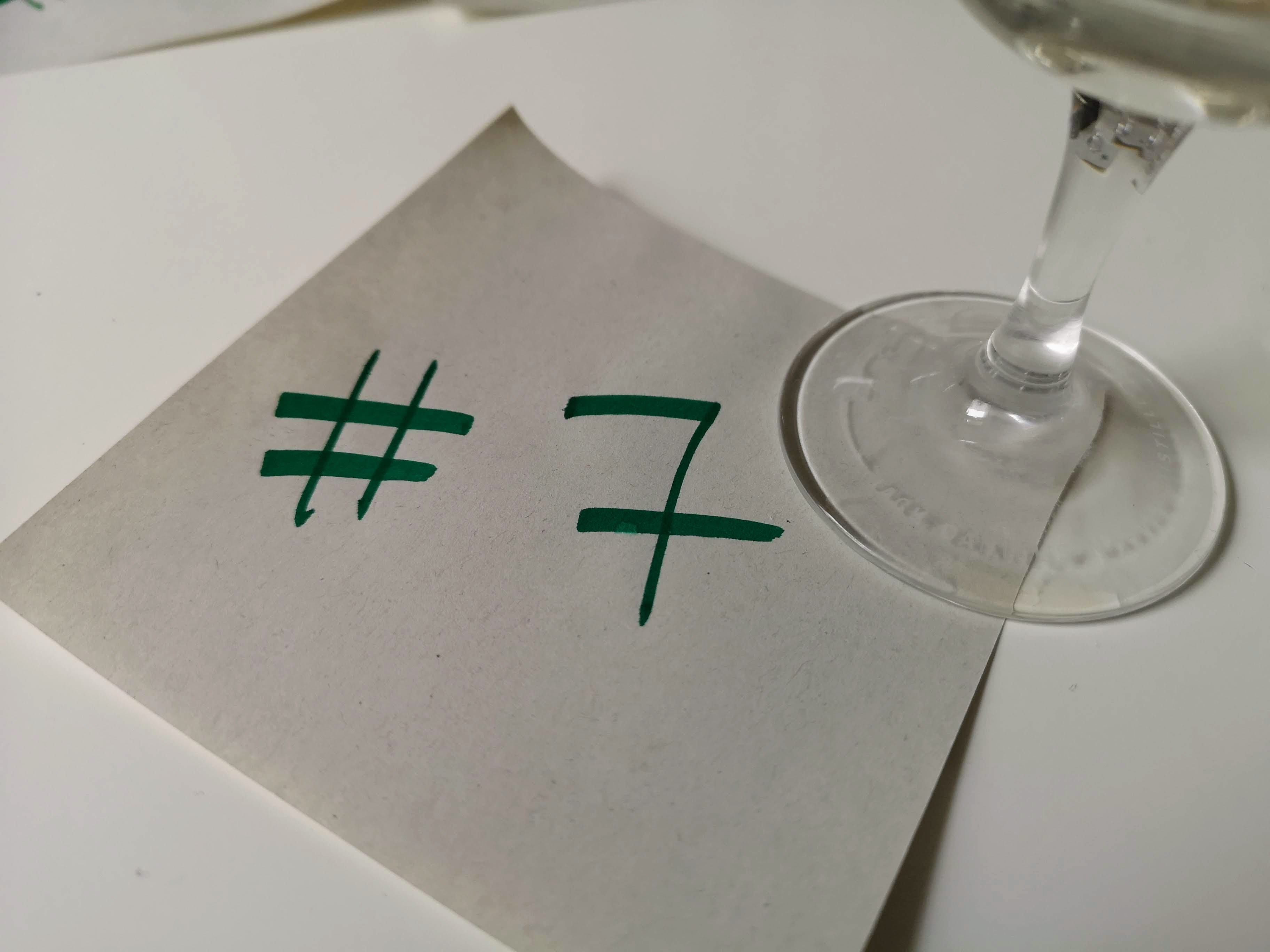
Tasting Notes:
Toasted oak meets maple syrup up top. Those notes marry vanilla … and I already know I’m screwed because this is 100 percent Michter’s 10 and a very expensive bottle. Damn it.
Anyway, there’s a nice buttery toffee sweetness with a subtle Christmas spice next to a very musty oak edge. The end is long, musty, oaky, spicy, and hits that maple syrup note one last time.
Bottom Line:
Michter’s 10. I drank half of this bottle when celebrating Trump losing the election, so the flavor profile is very much in my active memory.
Taste 8
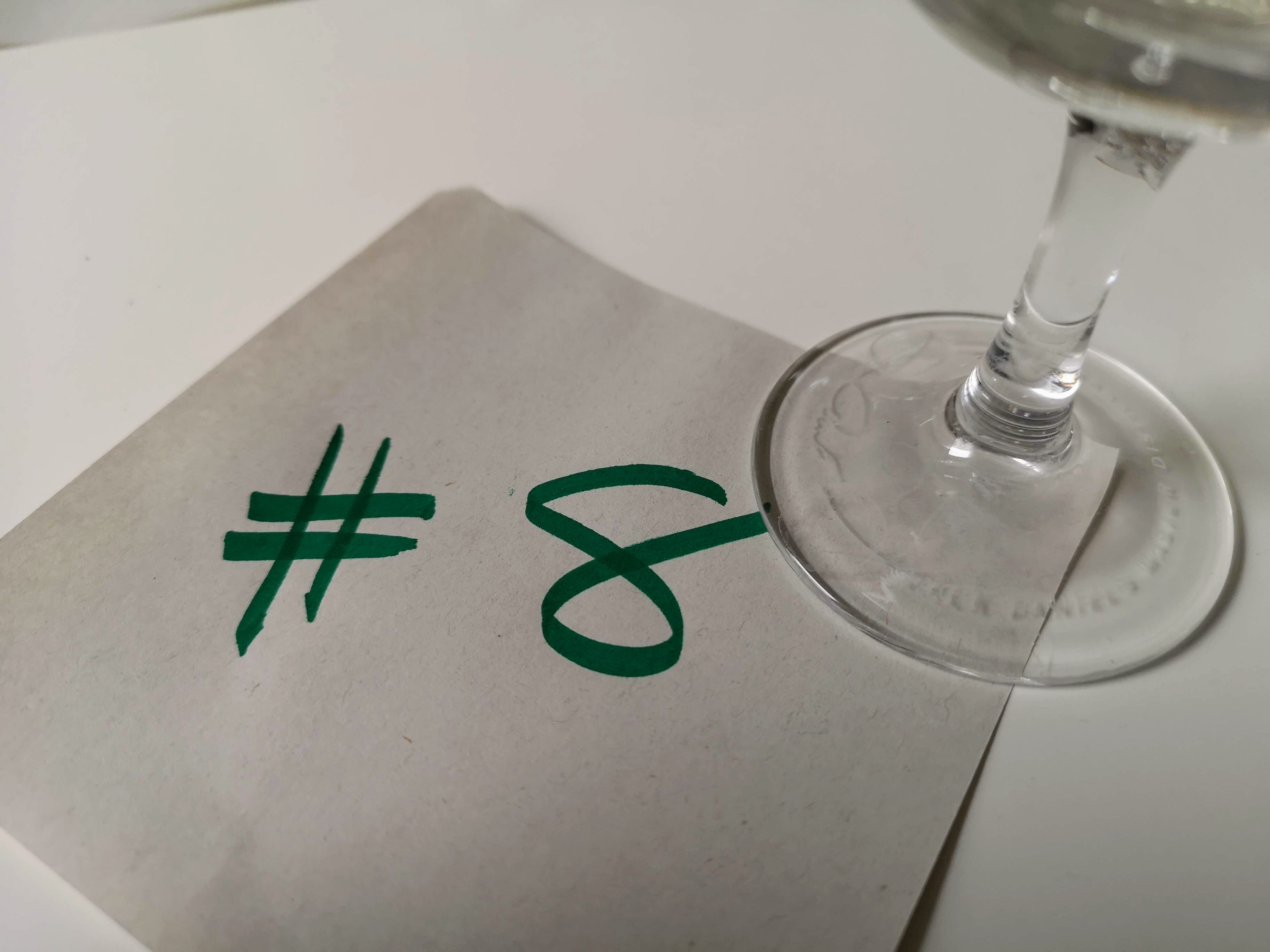
Tasting Notes:
There’s a subtle but very concise matrix of vanilla, oak, and spice that greets you. It’s classic and very enticing. The spice gets peppery. The oak leans into a toasted oak feel, The vanilla gets creamy with oily vanilla beans mixed in. There’s a dark cacao bitterness underneath with a slight caramel sweetness. The end brings about a musty oak feel as the spice, vanilla, and bitterness all slowly fade out.
Bottom Line:
I don’t know. This is another old bottle and could easily be a very expensive bottle. I’m just going to say it’s expensive and find out which bottles I got wrong.
Part II — The Answers
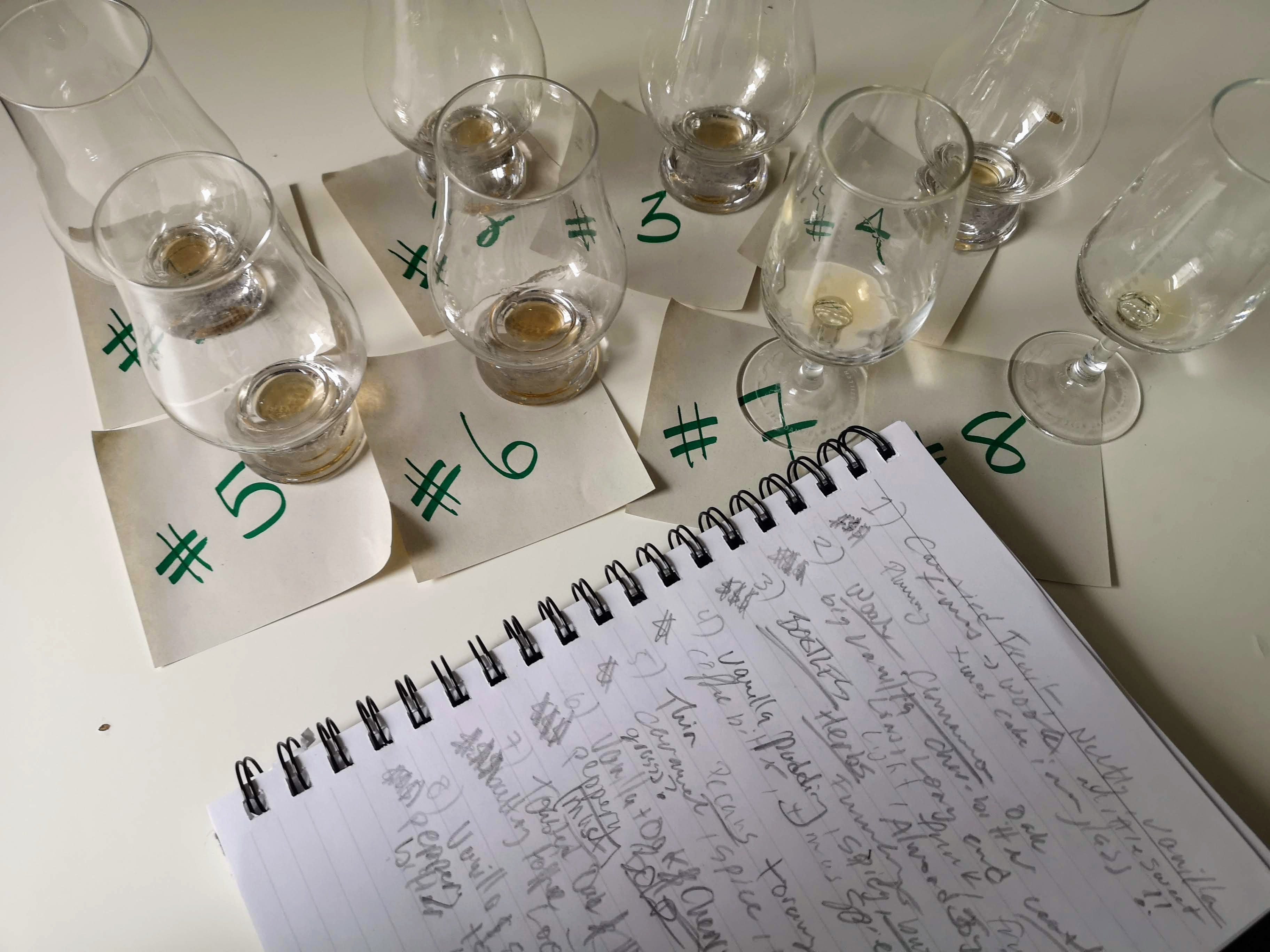
Woodinville Bourbon Port Cask Finished (Affordable/ Incorrect)
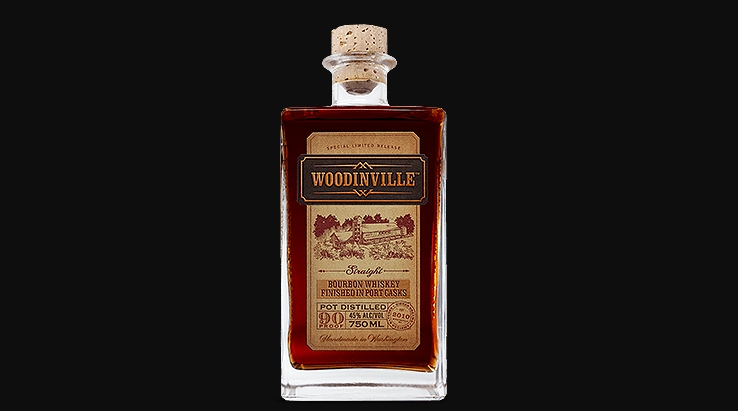
ABV: 45%
Average Price: $50
The Whiskey:
Woodinville Whiskey has been cleaning up awards recently. Their Port Cask takes their 5-year-old bourbon and ages it for a final six months in Ruby Port barrels to add a whole new dimension to the whiskey.
George T. Stagg 2020 Antique Collection (Expensive/Correct)
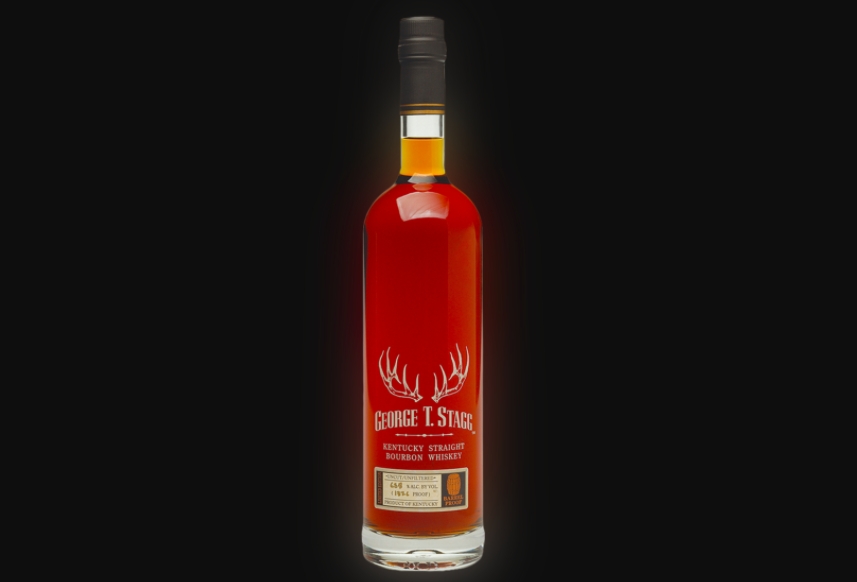
ABV: 65.2%
Average Price: $500
The Whiskey:
This year’s George T. Stagg is a 15-year-old expression. The mash has a little rye in the bill. The barrels are stored in very specific parts of three different warehouses where 59 percent of the juice is lost to the angels.
Heaven’s Door Bootleg Series Mizunara Oak Whisky 26 Year (Expensive/Correct)
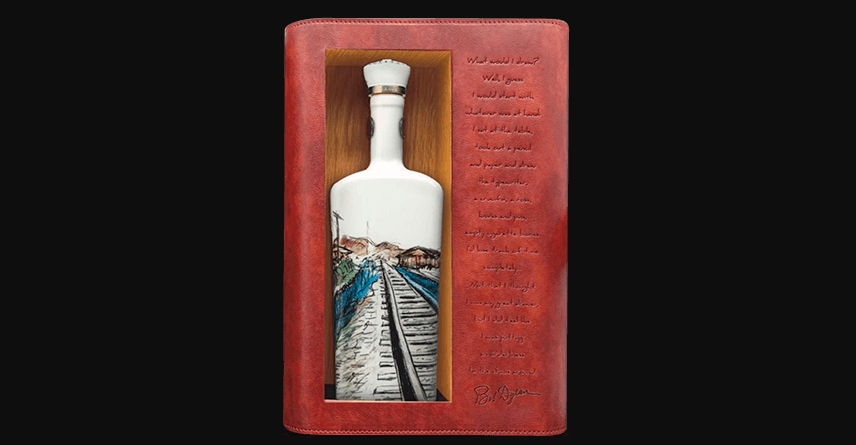
ABV: 55.75%
Average Price: $550
The Whiskey:
This 26-year-old whiskey was finished in the much-hyped Mizunara oak casks from Japan. Those barrels are made exclusively from oaks that are over 200-years-old when harvested and impart the color and funk mentioned above.
Woodford Reserve Kentucky Straight Bourbon Whiskey (Affordable/ Correct)
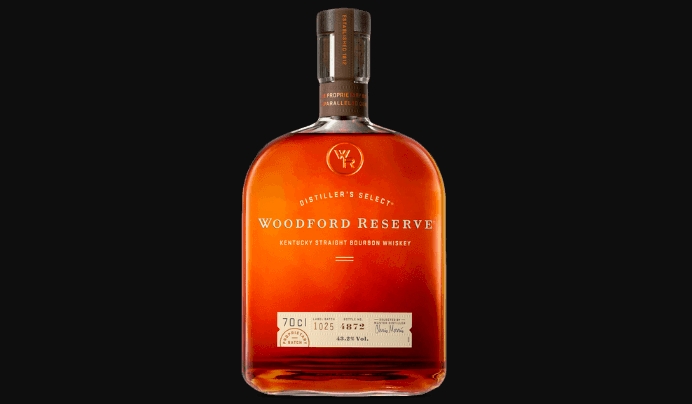
ABV: 45.2%
Average Price: $38
The Whiskey:
This bourbon is the entry point to the wider world of Woodford Reserve’s line. The juice is fairly high rye with 18 percent of the grain in the mash bill. The whiskey is then aged between six and seven years before it’s married, brought down to proof, and bottled.
Pinhook Bohemian Bourbon High Proof (Affordable/ Correct)
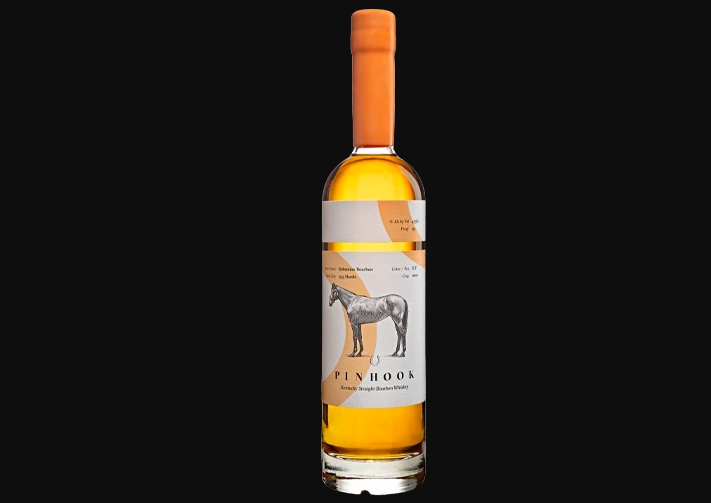
ABV: 57.25%
Average Price: $52
The Whiskey:
Pinhook Bourbon was created by a master sommelier and restauranteur who became a master blender of whiskey. The whiskey is made at Castle & Key under the watchful eye of Pinhook. It’s then blended exactly to Pinhook’s specifications and is typically under four or five years old.
Eagle Rare 2020 Antique Collection (Expensive/Correct)

ABV: 50.5%
Average Price: $700
The Whiskey:
This is Buffalo Trace’s jewel in their whiskey crown. The expression spends 18 years in the barrel in one specific spot in one specific warehouse. In that time, almost 60 percent of the juice is lost. The whiskey is then cut down to a very drinkable 101 proof.
Michter’s 10 Year Kentucky Straight Bourbon (Expensive/Correct)
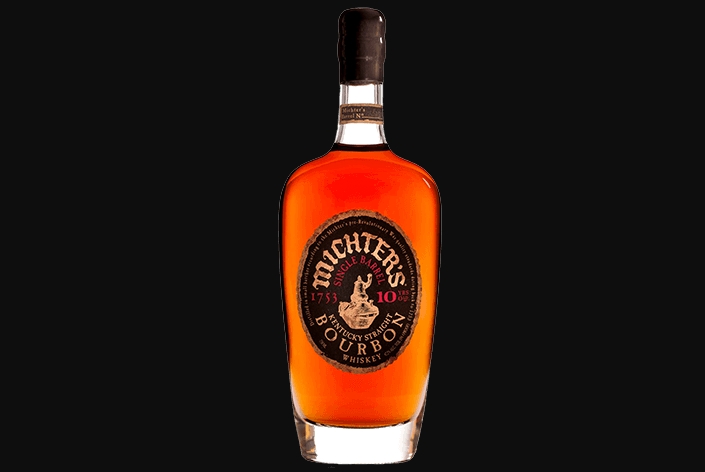
ABV: 47.2%
Average Price: $199
The Whiskey:
Michter’s 10 is a single barrel expression that exemplifies the brand’s craft. The juice is hand-selected for its exactness before it’s cut down to proof and bottled in a heavy bottle with a waxed cork.
Basil Hayden’s 10 Year Bourbon (Affordable/ Incorrect)
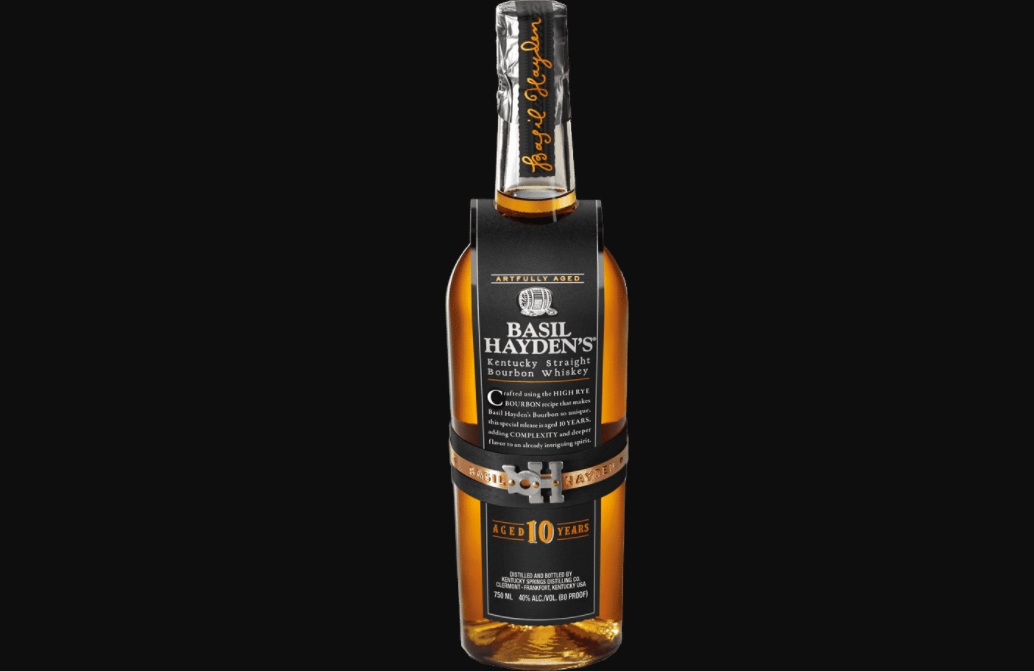
ABV: 40%
Average Price: $74
The Whiskey:
This expression from Basil Hayden’s takes the standard Basil Hayden’s bourbon and lets it rest for around six more years. The result is a limited edition release that drops every year around the holidays and then goes away again for 12 months.
Part III — Final Thoughts
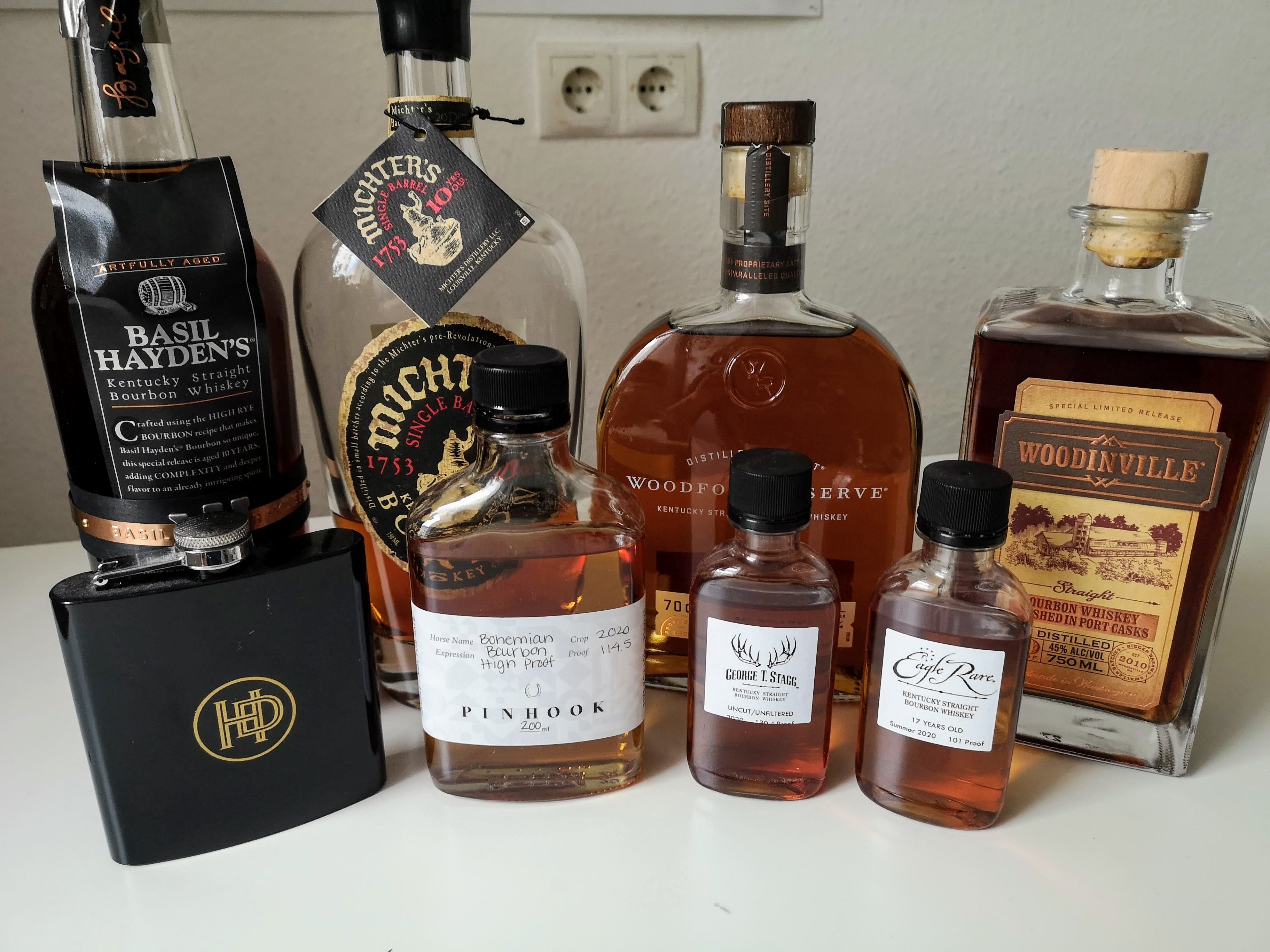
It’s interesting how well the Woodinville and Basil Hayden’s stood up again bottles that are, at times, ten times more expensive on shelves. Full disclosure, the MSRP for Eagle Rare and George T. Stagg are marked at $99. But we don’t live in a world where those bottles cost that. Both of the ten-year expressions were remarkably close in taste and character yet very different in price ($70 vs. $199). Basil Hayden’s for the win on that count.
The other big winner is Woodinville’s Port Cask. That’s just a goddamn delicious bourbon that’s like going to only get more expensive as it keeps racking up awards and accolades.
If I had to rank these, I’d rank them by “bottle I most want to drink again.”
8. Heaven’s Door Bootleg Series
7. Woodford Reserve
6. Pinhook Bohemian Bourbon
5. George T. Stagg
4. Basil Hayden’s 10
3. Michter’s 10
2. Eagle Rare 17
1. Woodinville Port Cask
That Heaven’s Door Bootleg Series haunts me. It’s so funky and different that I can’t stop thinking about it. At the same time, I’m fine not drinking it ever again. The Woodinville — on the other hand — is quickly becoming one of my favorite bourbons of the year.
